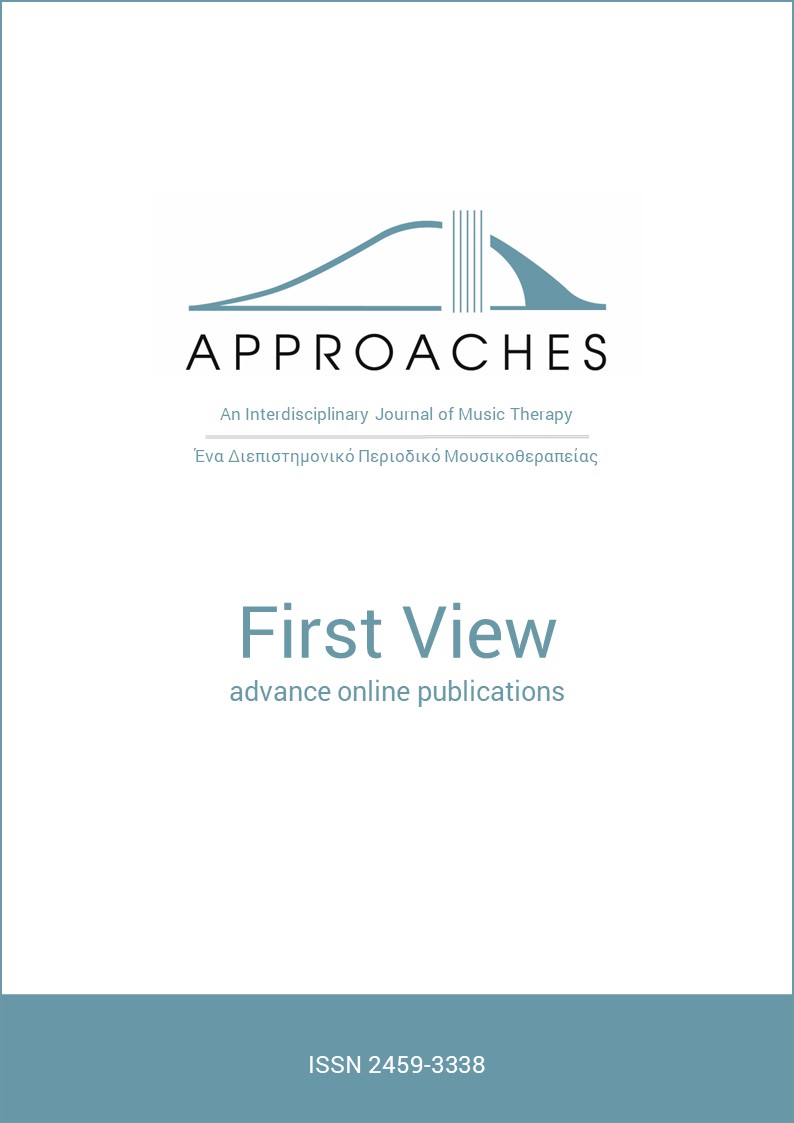The effect of patient-initiated rhythmic auditory stimulation on gait speed status post stroke
DOI:
https://doi.org/10.56883/aijmt.2025.597Keywords:
stroke, gait speed, music therapyAbstract
Rhythmic auditory stimulation (RAS) has been found to be an effective, low-cost, and easily applied intervention for improving gait speed post-stroke. Music-based RAS, the use of auditory rhythmic cues in the form of metrically accentuated music, can result in improved temporal abilities of gait through rhythmic practice. No study has observed the effect of patient-initiated auditory cueing, in conjunction with music-based RAS, on gait speed. Therefore, this study aimed to determine if having the patient initiate an external audible cue, by controlling the timing of their foot adorned with a shoe bell contacting the ground, coordinated with music-based RAS during gait training, will produce further improvement in gait speed. A single-centre randomised pilot study was conducted, consisting of 20 patients with a stroke diagnosis randomised into two groups. The control group (n = 7) received music-based RAS using only music during gait training, whereas the intervention group (n = 13) received music-based RAS using both a shoe bell and music during gait training. The 10-m walk test was conducted to determine each participant’s pre- and postintervention preferred and fast gait speed. Preferred speed was the comfortable, naturally chosen speed by the participant, and fast speed was the patient’s maximum speed. The t-test showed that there were no statistically significant differences between groups. Paired t-test showed that there were significant improvements in gait speed between pre- and post-test within groups. The inclusion of a shoe bell, in conjunction with music-based RAS during gait training, resulted in a slightly larger improvement in preferred gait speed, whereas music alone during gait training results in a slightly larger improvement in fast gait speed.
Downloads
Published
Issue
Section
License
Copyright (c) 2025 Karen Lanier, Shenae Samuels, Trenton Barrick, Valerie Killoran, Rachel Woolley

This work is licensed under a Creative Commons Attribution-NonCommercial-NoDerivatives 4.0 International License.




